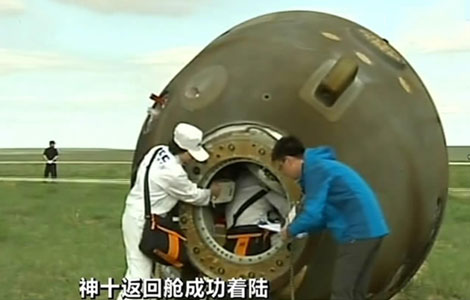The demonstrably are not the same. By your own scenario, the sphere reflects more light near its edge (the terminator) then the disc does. Their albedo's are different therefore their properties are different, it really is that simple.I said they had ALL properties identical, as made of same material including thermal conductivities, and a variation of absorption coefficient with angle of incidence, quite like ALL real materials have. I.e. I. e. the absorption coefficient, a, is given by a = 1 - (A / 90) for A between 0 and 90 degrees is very reasonable (except for your assumed "Non-existium").
I'm not ignoring the distribution of energy - that's a seprate issue.
Look, Billy, you're really starting to try my patience here, the position I am taking is the position that's inherent in the calculations based on the Stefan Boltzman equations. A sphere and a disc of the same size, with the same properties intercept the same amount of radiation.
If I have a sphere of water, and a circular dish of water the same size as the sphere of water, the amount of radiation absorbed by the sphere varies as a function of the zenith angle because that's the way that water behaves, where as the radiation absorbed by the dish does not vary as a function of radial distance. This is your point, I understand all of this and nothing I have said denies any of this - this is root of the discussion between Andre and myself about the latitudinal variations in solar flux and albedo of the earth versus the behaviour of some ideal material. Something which I would like to get back to when you're through with wasting my time.
Now understand this.
My point that I have been trying to convey to you is that the only thing this actually proves is that a dish of water is a poor model for a sphere of water, because when using a point source of light, the albedo of the sphere of water varies as a function of position that that the albedo of the dish of water does not they therefore do not have the same properties and so the dish of water is a bad model for a sphere of water. Instead of using a dish of water as a model, we must instead use a disc made of some hypothetical material with an albedo that varies as a function of position in the same way that it does on a sphere of water, thus giving the disc the same properties as the sphere. When we do this, we discover that the disc and the sphere intercept and absorb the same amount of total power.
Last edited:




